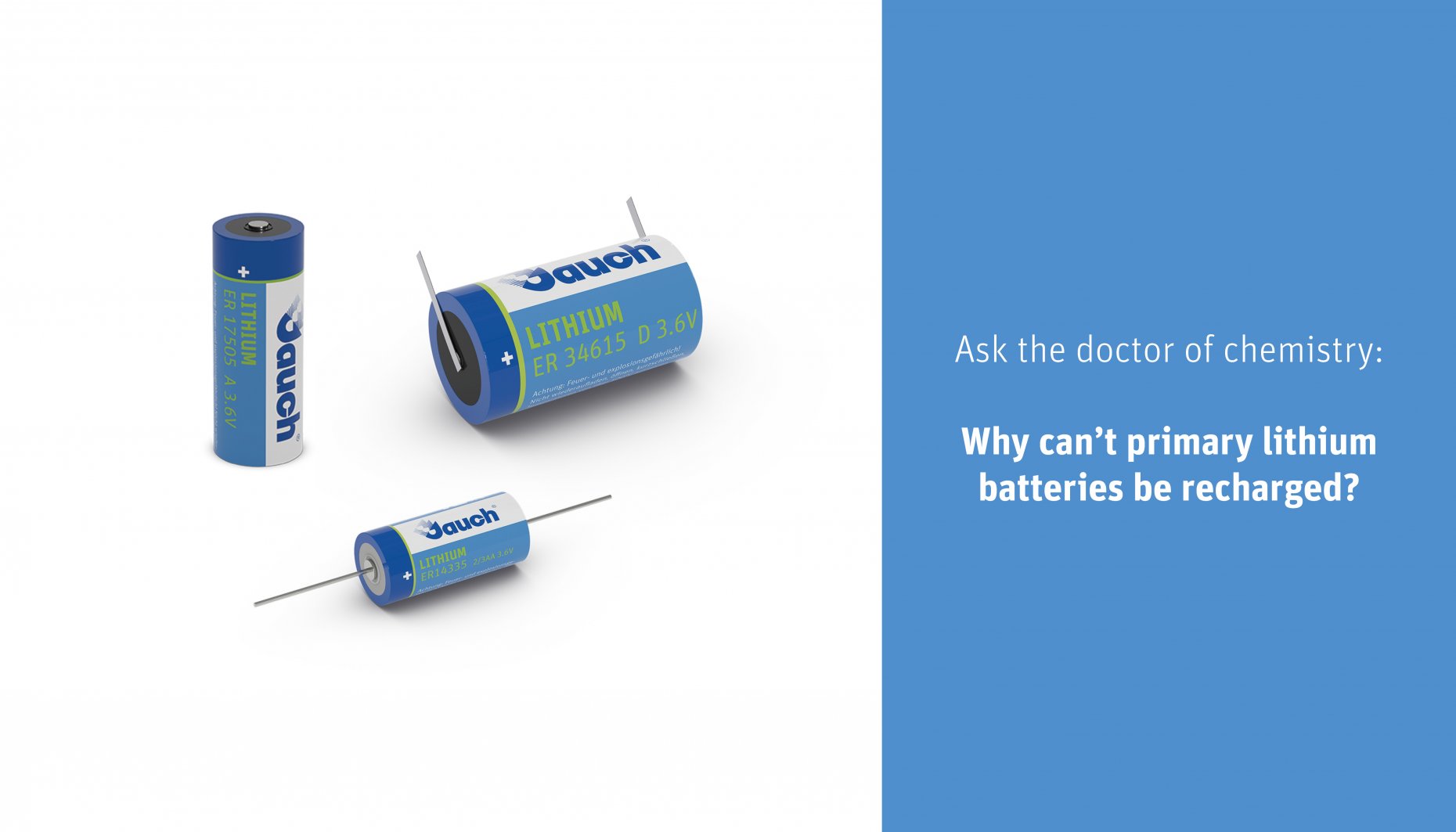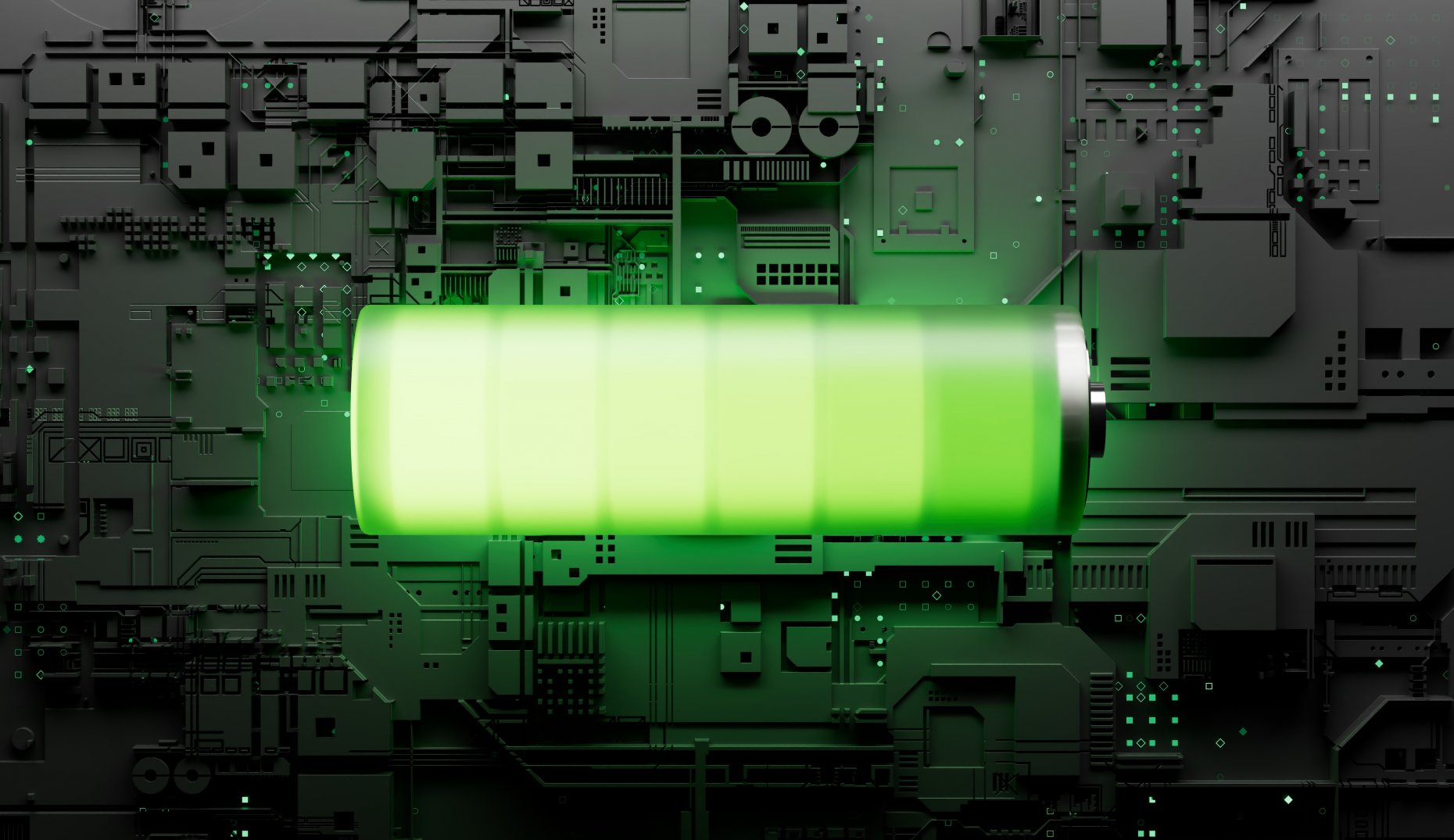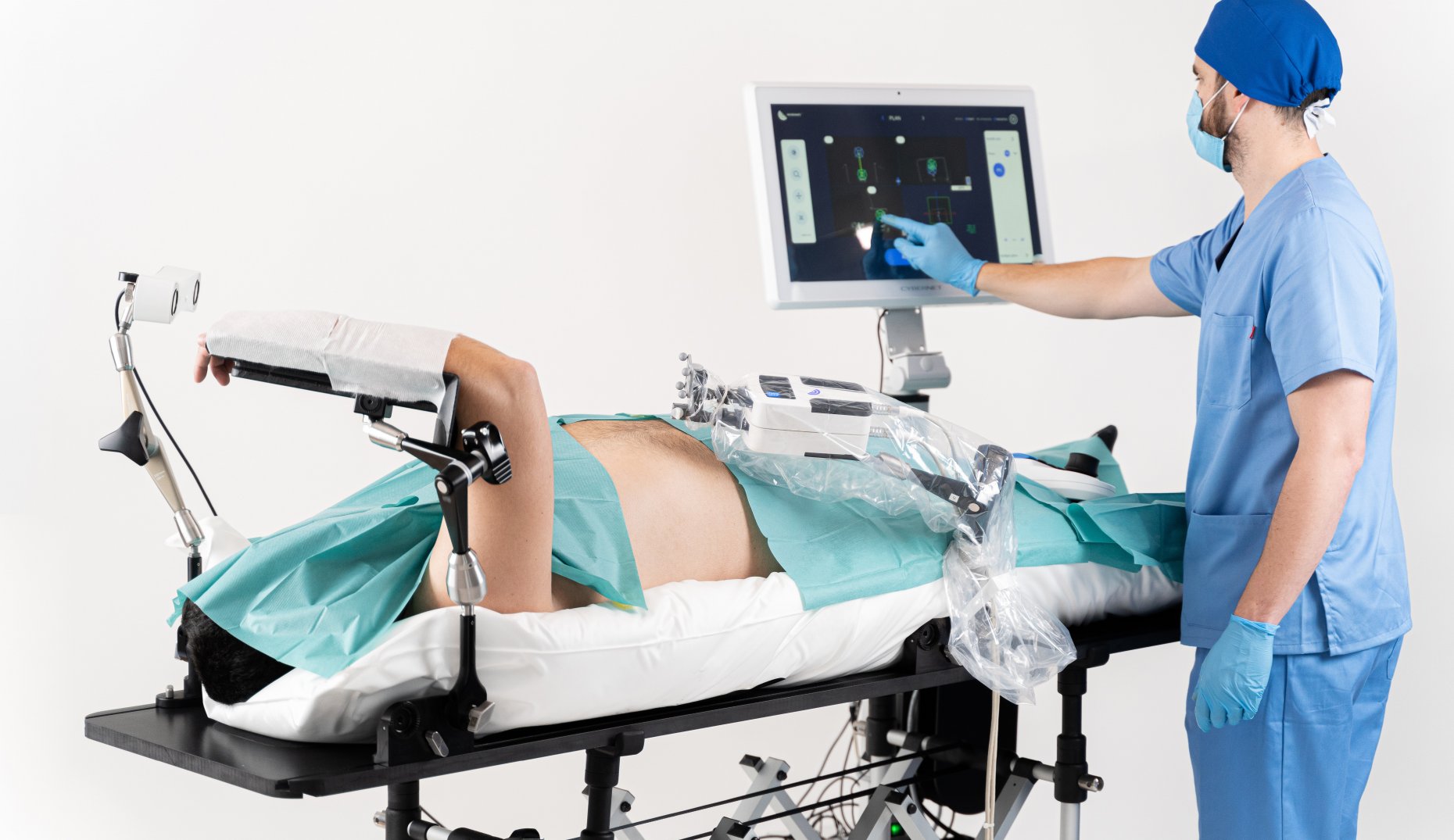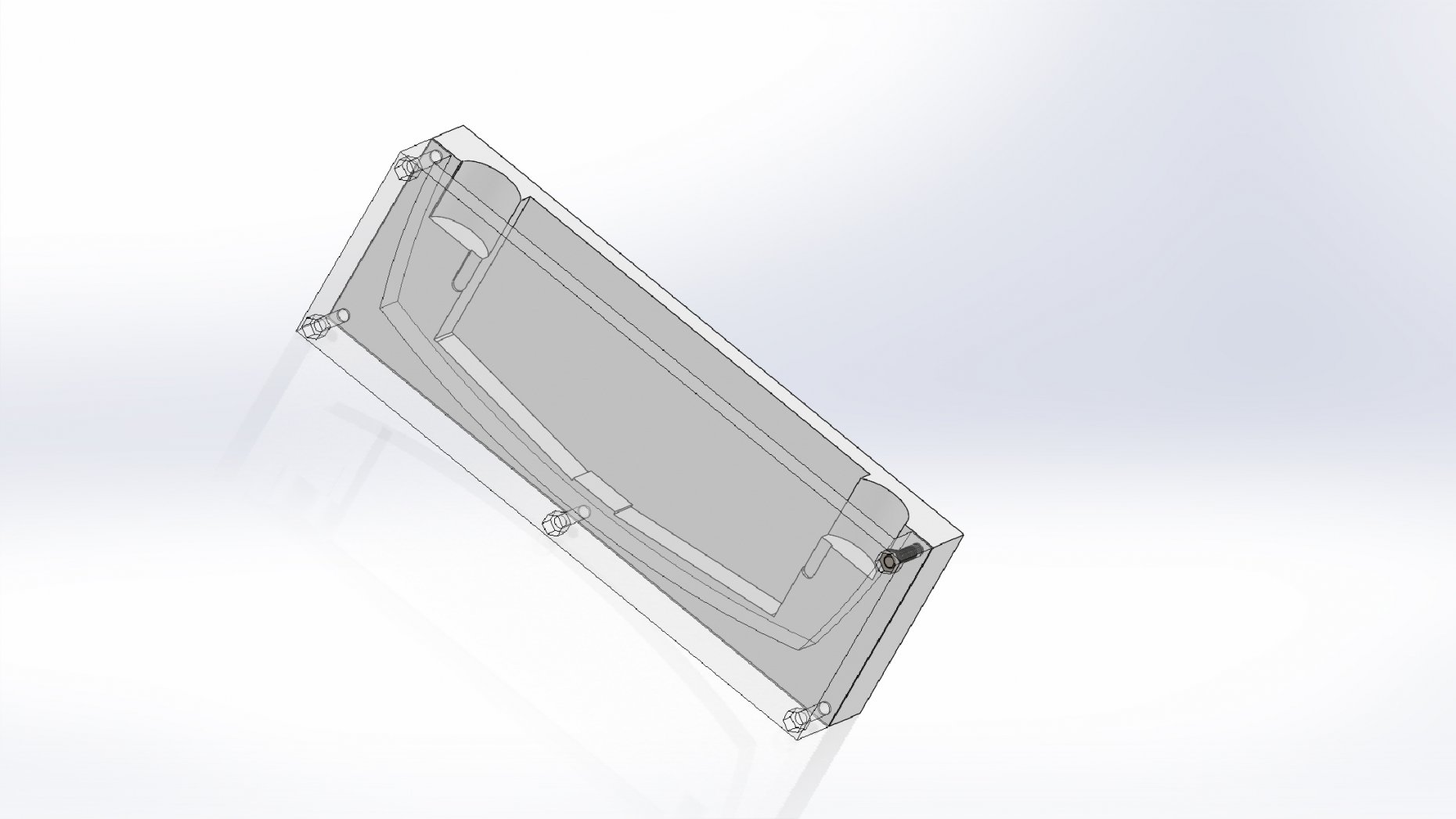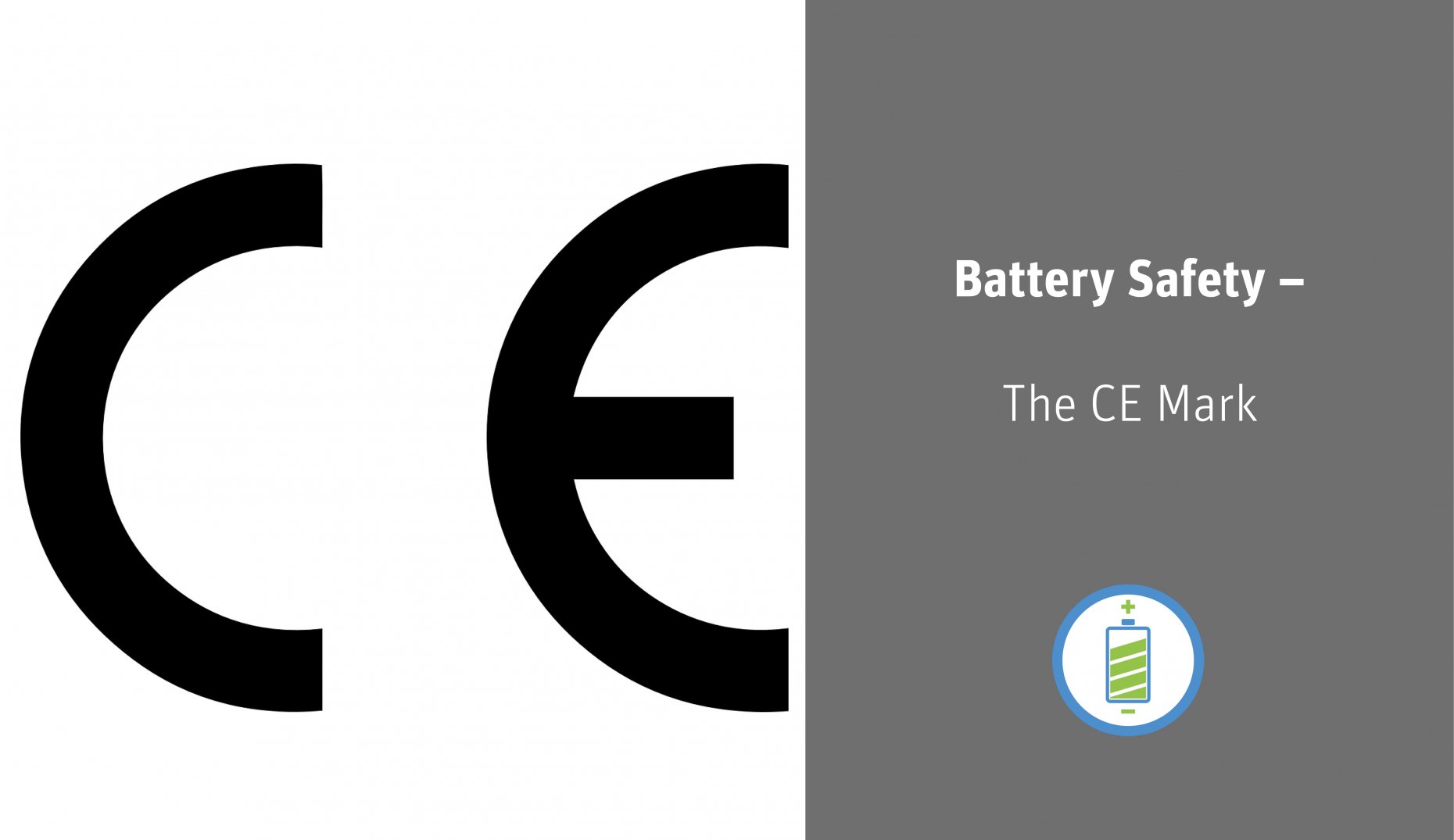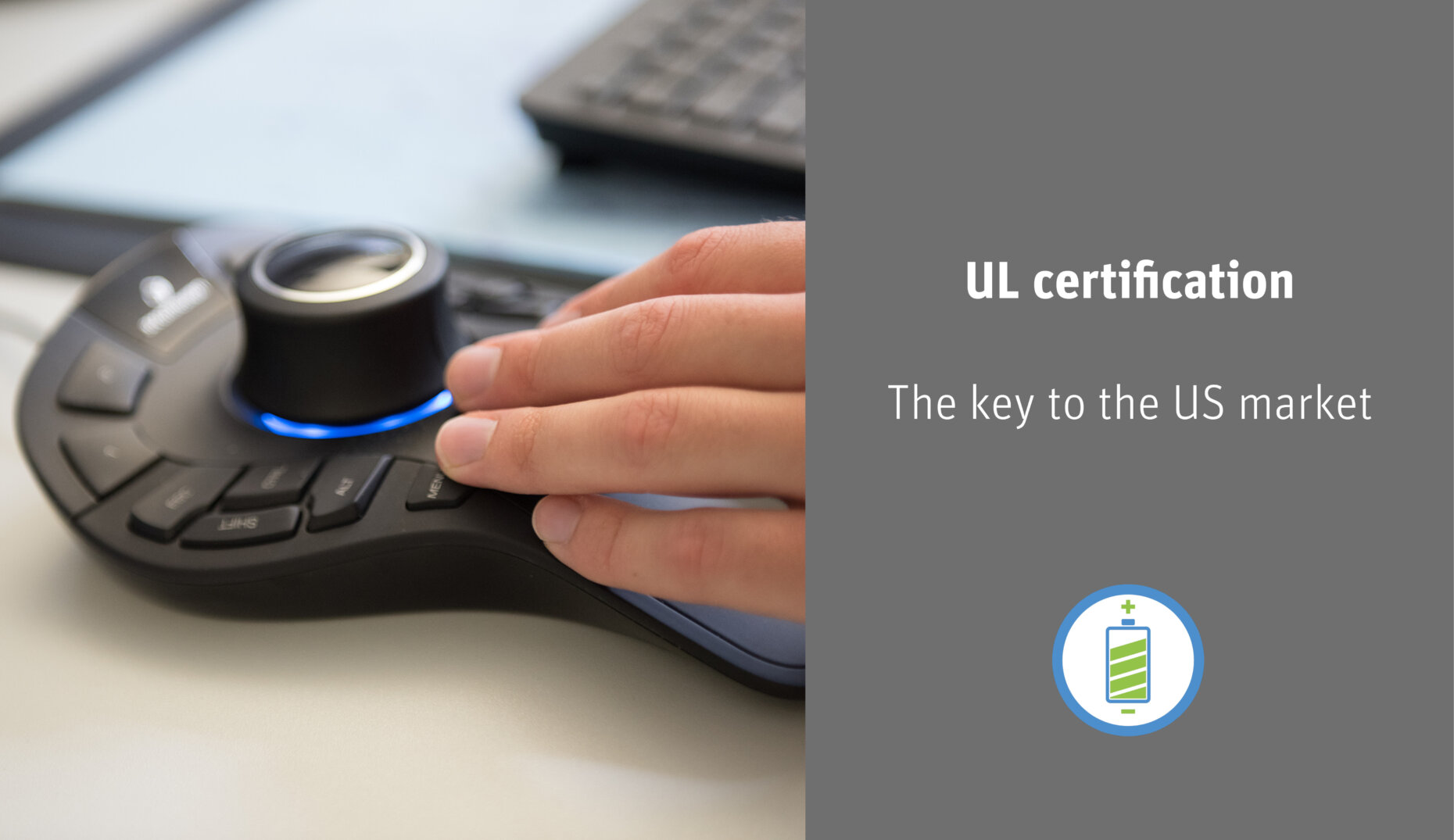Customer Success Story: Reliable Power Supply for Epilepsy Detection during Sleep
Approximately 1 percent of people worldwide suffer from epilepsy. In numbers, that’s one in 100 to one in 150 people. In 30 percent of them, the disease is even incurable. This means that they are unable to control their seizures with the help of medication. Recurrent seizures are the result. “Seizures that occur during sleep
- Published in Battery Technology, Customer Success Stories
Ask the doctor of chemistry: Why can’t primary lithium batteries be recharged?
Lithium batteries are one of the most widely used types of batteries and serve a variety of applications, including electronic devices and energy storage. We know these batteries mainly from our smartphones, wearables, or cars, which we can recharge time and again. However, there are battery chemistries with lithium that cannot be recharged. These include,
- Published in Battery Technology
Customer Success Story: A durable and certified battery for mBrainTrain’s mobile EEG
Electroencephalography, or EEG for short, is a methodology for measuring tiny brain signals that are quite difficult to capture. You can likely imagine how these tests look like: Participants have electrodes and lots of cables around their heads while being in a lab. However, these complex systems cannot measure the human brain in the natural
- Published in Battery Technology, Customer Success Stories
The Lithium Battery’s Beginnings
Clattering coins, a line of people, and pattering rain: a run-of-the-mill evening scenario in front of a yellow telephone booth. These previously offered the only opportunity to check in with family or friends while on the go. Nowadays, the 140-year era of the telephone booth has come to an end—the smartphone already sealed its fate
- Published in Battery Technology
Customer Success Story: The battery powered motorized positioning arm from Interventional Systems
In minimally invasive interventions, it is very important to work as accurately as possible. The motorized arm for the positioning and holding of medical equipment from the Austrian company Interventional Systems (INS) supports doctors during these interventions. Powered by a Jauch battery, it makes positioning and repositioning instruments easier than ever while keeping them steady.
- Published in Battery Technology, Customer Success Stories
From the 3D printer: a mount for holding the Steasy® battery pack during the UN 38.3 vibration test
There was recently a post on this blog regarding our 3D printer used for making samples and prototypes. The 3D printer allows both our customers and us to enjoy speed and flexibility in various process steps. For instance, this is true for the start-up Steasy®: We printed a mount designed to hold the start-up’s custom
- Published in Battery Technology
Customer Success Story: The tripod for thermal imaging and night vision cameras – a lithium-ion battery for XSPECTER
Founded in October – and on the market within just six months: Start-up XSPECTER has its T-CROW XRII to thank for this success. The product behind this futuristic name is a special tripod for thermal imaging and night vision cameras. The product: A controllable 3D-printed camera tripod The T-CROW XRII is a controllable camera tripod
- Published in Battery Technology, Customer Success Stories
Battery Safety – The CE Mark
In the development of battery packs, the focus is often only on technical development. However, this alone does not go far enough. After all, new batteries require various certifications so that they can be placed on the market in compliance with the law. Worldwide, there is a multitude of different rules and regulations concerning the
- Published in Battery Technology
IEC certification – A common denominator for all continents
The standards of the International Electrotechnical Commission (IEC) are among the most important groups of standards for the certification and safety of electronic products. They include both cells and batteries and span primary cells, secondary cells, battery packs and portable device batteries. In addition to the requirements for the devices and central rules for the
- Published in Battery Technology
UL certification – the key to the US market
For market access in the USA, a so-called NRTL test mark is required for many products. As NRTL does not have its own test mark, test laboratories are accredited accordingly and their test marks are then recognised as NRTL test marks. The most important test mark on the US market comes from Underwriter Laboratories (UL).
- Published in Battery Technology


 Deutsch
Deutsch 
